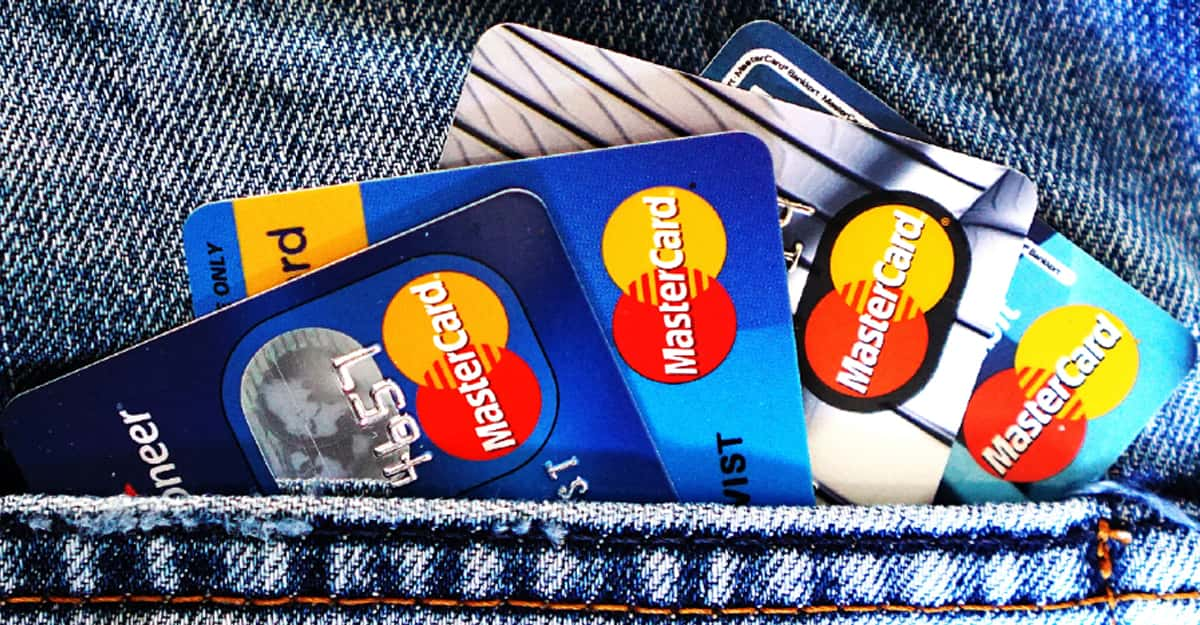An unexpected inheritance can feel like a blessing wrapped in pressure. Forty thousand dollars opens doors, but which one should you walk through? You might be tempted to start by wiping out student debt. Or growing wealth through investing. So, what do you do?
While we cannot tell you what to do with your inheritance, what we can say is that the most intelligent choice depends on balance, not impulse. Let’s break it down, idea by idea, so you can make this windfall truly work for you.
Crushing Debt First: The Case For Paying Off Student Loans
If your student loans carry interest rates above 6%, paying them off can be one of the safest “investments” you’ll ever make. Think of it as earning a guaranteed return equal to the rate you’re no longer paying. Plus, shedding debt lightens both your wallet’s load and your mental one.
Still, if your loans are low-interest federal ones with forgiveness or income-based plans, it may be wiser to pay only the minimum. Keeping that cash available could create more flexibility—and freedom to grow your financial foundation instead.
Investing: Turning Today’s Gift Into Tomorrow’s Growth
Now, let’s talk compounding power. Investing part of your inheritance—say, in a diversified portfolio of index funds or ETFs—could turn $60,000 into a substantial amount in 20 years at a moderate annual return. The key? Consistency and patience.
However, investing should never come before building safety nets. If your job or health situation is uncertain, tying up every dollar in the market might backfire. Consider using only a portion—like half—for long-term growth, while reserving the rest for stability. That way, your money works without leaving you vulnerable.
The Safety Net: Building An Emergency Fund
A healthy emergency fund acts as financial armor. Experts recommend covering three to six months of essential expenses—mortgage or rent, food, healthcare, and transportation. If you don’t already have that cushion, your inheritance offers a golden opportunity to create it.
Having a buffer in a high-yield savings account protects you from dipping into credit cards or loans when life throws a curveball. And it’s not wasted money—it’s peace of mind, ready when needed. Once this safety net is in place, then you can focus on attacking debt or investing more aggressively.
Finding Your Balance
Instead of choosing one path, you could think in percentages. A balanced approach could look like this:
40% toward paying down high-interest loans
40% invested for long-term growth
20% parked in an emergency fund
Adjust those numbers to fit your needs, but the idea stays the same—cover your bases first, then let your money grow.
At The End Of The Day
Windfalls are emotional as much as financial. The most brilliant move isn’t about chasing returns; it’s about aligning this $40,000 with your goals. Take a breath, run the math, and picture how each option affects your future security. The right plan is the one that buys you freedom—today and for years to come.










